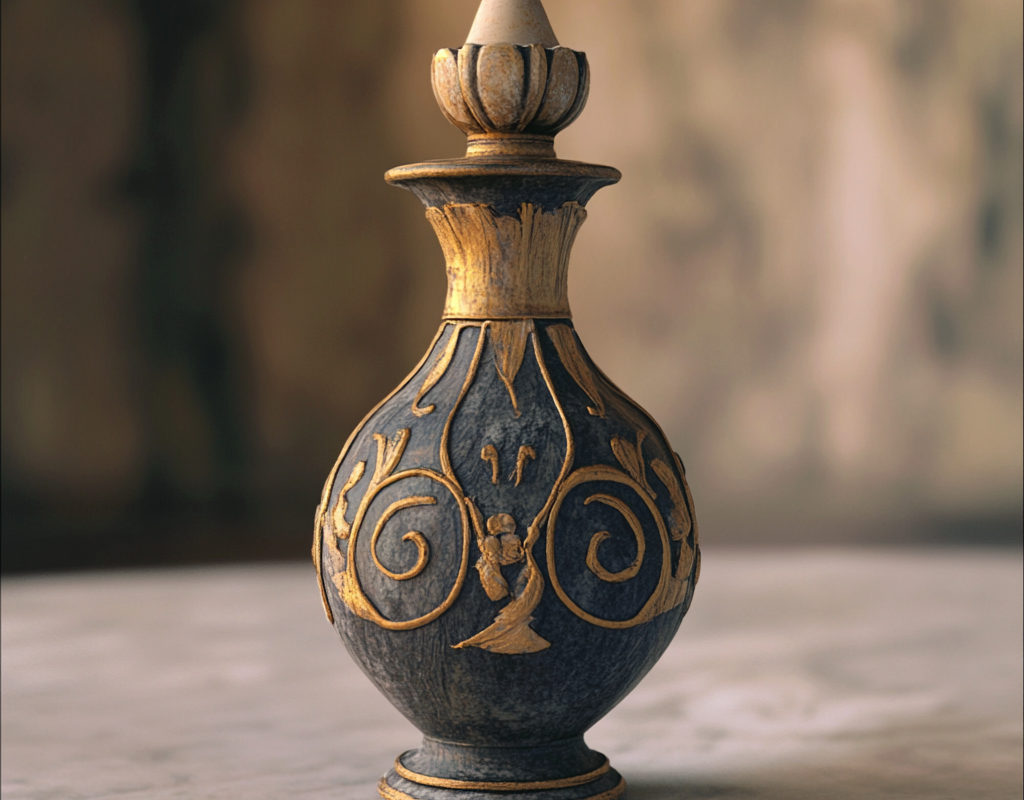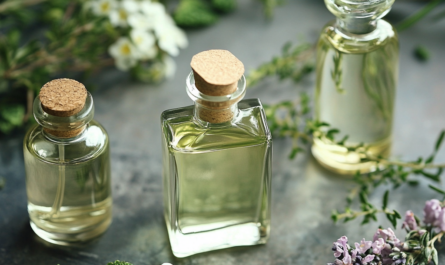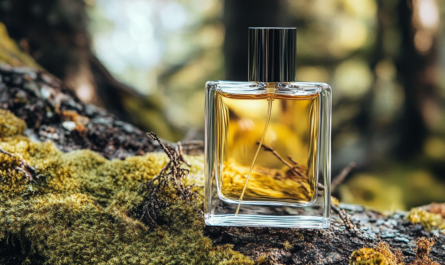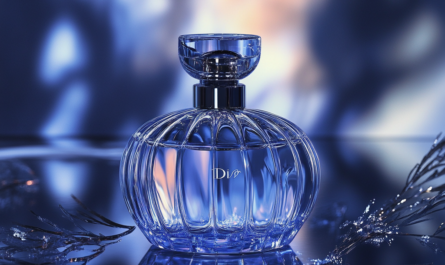Perfumery in ancient Civilizations: origins and first fragrances
The history of perfumery goes back to the ancient civilizations of Egypt, Mesopotamia, India and China. The first fragrances were created from natural ingredients: resins, incense, essential oils and herbs. The Egyptians especially revered aromatic substances that were used in religious rituals, for embalming and as a status symbol. One of the most popular fragrances of that time was incense, which was burned for purification and offerings to the gods.
Ancient Indians used aromas in Ayurvedic medicine, where they were considered healing and promoted spiritual enlightenment. In Mesopotamia and China, aromatic mixtures were used not only in rituals, but also in everyday life, including cosmetics and therapeutic practices. These cultures laid the foundations of perfumery, which subsequently spread around the world, forming the first traditions of using fragrances. It is thanks to ancient civilizations that the tradition of using fragrances to create special moods and highlight social and religious statuses was born.
The Middle Ages: the heyday of perfumery in Europe
In the Middle Ages, thanks to the development of trade and the Crusades, perfumery gradually began to penetrate Europe. Contacts with Arab countries and the Middle East have become key in the spread of perfumery art. Arab alchemists have made a significant contribution to the improvement of essential oil extraction and distillation technologies, which has made the aromas more saturated and persistent.
In Europe, fragrances began to be used primarily as a means of hygiene. Since water was rare in those days, and sewage did not exist, fragrances helped hide unpleasant odors. Mixtures based on rose water, lavender and rosemary have become especially popular. The courts of European monarchs, such as the French royal court, began to set the fashion for perfumes, which led to the development of new formulas and the creation of more complex compositions.
The Renaissance Era: the development of technology and the creation of new fragrances
The Renaissance era brought significant changes to the world of perfumery. With the development of science and art in Europe, the technology of extraction and mixing of aromatic substances has improved. Italian masters became pioneers in the creation of new compositions, and soon France began to take a leading position in this field.
The appearance of the first perfume houses in Florence and Grasse was the beginning of the industrial production of fragrances. Special attention was paid not only to the composition of perfumes, but also to their packaging, which became a real work of art. At this time, fragrances began to be associated not only with hygiene, but also with personality and style, which led to their widespread distribution among the nobility and wealthy citizens.
XVIII-XIX centuries: perfumery in the age of Enlightenment and industrial Revolution
The XVIII and XIX centuries became turning points in the history of perfumery due to the Enlightenment and the Industrial Revolution. With the development of chemistry and the advent of synthetic substances, the possibilities of creating new flavors have expanded significantly. Now perfumers could recreate scents that were previously unavailable due to the lack of natural ingredients or their high cost.
At this time, fragrances began to be mass-produced and became available to a wider range of consumers. France has finally established itself as the world center of perfumery art. The city of Grasse became known as the capital of perfumery, and French perfume houses such as Guerlain and Houbigant created iconic fragrances that remain popular to this day.
XX century: the revolution in the perfume industry and the emergence of iconic fragrances
The 20th century has become the century of a real revolution in the perfume industry. At this time, iconic fragrances began to appear, such as Chanel No. 5, which became a symbol of elegance and luxury. Modern technologies have made it possible to create more complex and multifaceted compositions, which gave perfumers the opportunity to experiment and find new unique combinations of scents.
The production of fragrances has become more widespread and affordable, new brands have appeared, aimed at the mass consumer. Also at this time, marketing strategies developed aimed at creating brands and drawing attention to fragrance as an integral part of a person’s image and style. Perfumery has ceased to be just a means of hygiene, but has become an expression of individuality and status.
Current trends: sustainability, innovation and return to nature
Today, perfumery is increasingly aligning with global trends in sustainable development and environmental responsibility. Brands use natural ingredients from renewable sources and prioritize environmentally friendly products and packaging, emphasizing recycling and waste reduction. Also:
- Nature-Inspired Fragrances: Additionally, many modern fragrances draw inspiration from nature, with compositions that evoke the freshness of forests, sea breezes, and blooming fields. Scents that reflect natural purity and simplicity have become especially popular.
- Technological Innovation: Moreover, advancements in technology allow for the creation of complex and experimental fragrance compositions. These innovations cater to perfume enthusiasts who seek unique and unconventional scents.
- Harmony of Innovation and Nature: Thus, today’s perfumery industry aims to balance cutting-edge technology with a deep respect for nature, combining the art of fragrance creation with environmental responsibility.
- Future Trends: In conclusion, the industry is expected to continue evolving, with a focus on sustainable practices and the integration of new technologies that will shape the future of perfumery in the coming years.
Q&A
The first fragrances were made from natural ingredients such as resins, incense, essential oils, and herbs.
During the Middle Ages, the development of trade and contact with Arab countries led to the introduction of perfumery in Europe, where fragrances were primarily used for hygiene due to the rarity of water.
The Renaissance saw improvements in the technology of extraction and mixing aromatic substances, leading to the establishment of the first perfume houses in Florence and Grasse, and a shift in perfumes being associated with personality and style.
The Industrial Revolution allowed for the mass production of fragrances, making them accessible to a wider audience and introducing synthetic substances that expanded the possibilities for creating new scents.
Today, the perfume industry focuses on sustainability, using natural ingredients and environmentally friendly packaging, while also embracing technological innovations and striving for a balance between innovation and respect for nature.




